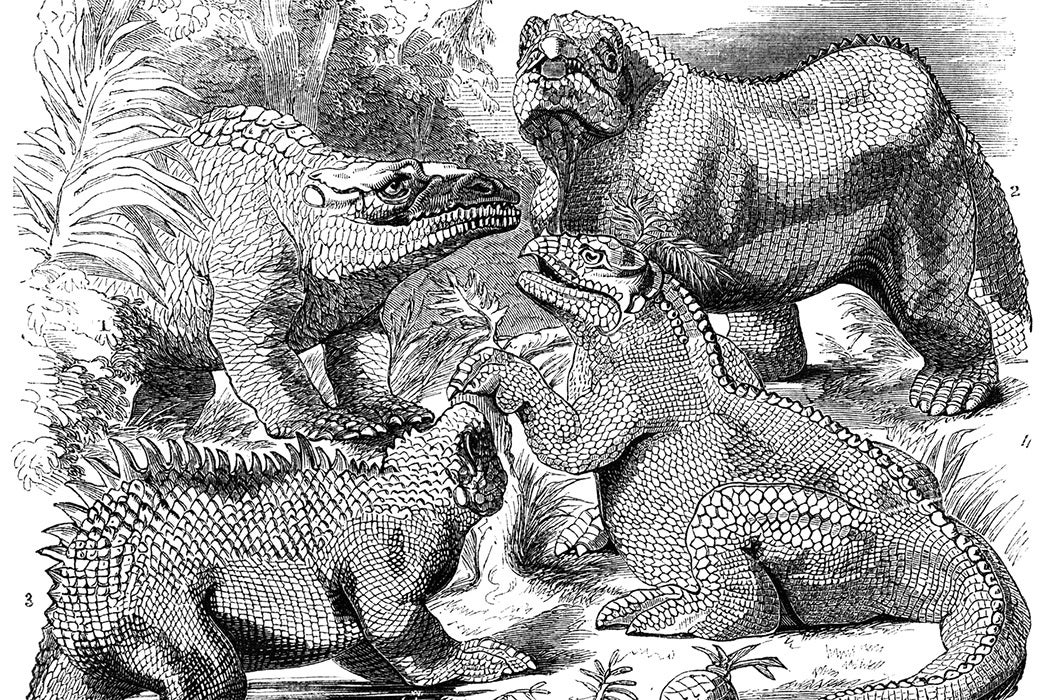Poking around an old bog near East Sussex, England, an amateur fossil hunter picked up an odd-looking pebble which turned out to be a piece of dinosaur brain. Scans revealed that parts of the brain became completely fossilized, including blood vessels and part of the cortex. It seems impossible: how can anything besides bones remain from so many millions of years ago?
It’s rare, but fossilized soft tissue is not unheard of. Fossilized soft tissue has been found from a variety of extinct creatures, including dinosaurs, mastodons, and other Pleistocene mammals. Sometimes, those tissues provide insight into ancient creatures that bones alone cannot.
One example of soft tissue preservation comes from Jeholopterus, a Jurassic pterosaur from China. Found with a skeleton in rock about 164 million years old, the soft membrane connecting the bones of the wing is extremely well-preserved. The fossil was not just an imprint in the rock, but actual preserved tissue. Scans of the tissue led to new insight into pterosaur flight: fibers in the wing tissue suggest that pterosaurs had far greater control over their flight muscles than previously thought.
Soft tissue can even be found without a skeleton. One of the weirdest example comes from a very different source: Tyrannosaur poop. The fossilized poop, or coprolite, was found in Alberta, Canada. It probably doesn’t belong to the famous Tyrannosaurus rex, but a related species. Scans of the coprolite found evidence of muscle cells belonging to prey. Tyrannosaur teeth indicate that the creatures must have swallowed large chunks of flesh. Traces of flesh inside the poop suggests that food probably didn’t remain for too long in the gut. Incomplete digestion often results from rapid feeding; Tyrannosaurids might have gorged themselves when the opportunity arose. And yet without this unique soft tissue find, such speculation would be impossible.
Against this backdrop, a fossilized brain doesn’t seem too far-fetched. The brain is not intact, and as such despite being so well preserved does not add much new information about dinosaur brains. Maybe the next soft tissue find will teach us more, or maybe it will be a liver or tongue instead. Soft tissue fossils can expand our knowledge beyond what can be gleaned from bones.







